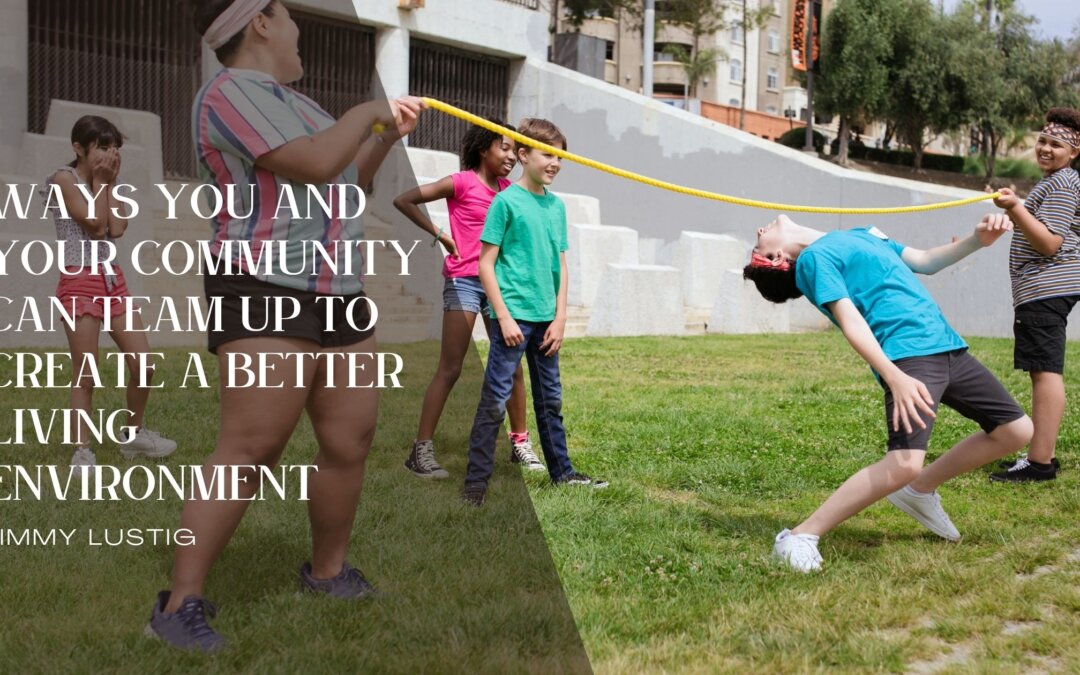Living in a harmonious and sustainable environment is a shared aspiration among many. Our surroundings significantly impact our well-being, mental health, and the social fabric that binds us. However, the journey towards creating such environs is often dotted with challenges ranging from limited resources and differing opinions to a lack of collective motivation. Transforming a community into a better living environment is not a solo endeavor but a collective ambition. This necessitates a synergy of effort, ideas, and resources among the members of a community. The cornerstone of such initiatives is rooted in acknowledging that individual actions, when unified, forge a force capable of heralding meaningful change.
The concept of community-led initiatives in enhancing living environments is not novel. Historically, communities have come together to address common challenges, improve living conditions, and foster a sense of belonging among members. In recent years, the dire need for sustainable living and the escalating awareness of environmental conservation have rekindled the spirit of communal endeavors to improve living surroundings. Such efforts encompass a broad spectrum ranging from environmental conservation projects, communal gardening, and local waste management to fostering social inclusivity and cohesion. These initiatives underscore the essence of collective responsibility in facilitating living conditions and promoting social interaction, communal learning, and the overall well-being of individuals. The following sections elaborate on how you and your community can synergize efforts to create a better living environment.
Community Clean-Up and Greening Projects
One of the fundamental steps towards creating a better living environment entails fostering cleanliness and greenery. Organizing regular community clean-up events can significantly improve the aesthetic appeal and hygiene of the area. It also instills a sense of collective responsibility among members towards maintaining a clean environment. On the other hand, greening projects encompass activities such as tree planting, establishing community gardens, and creating green spaces. These initiatives not only enhance the beauty and air quality of the area but also provide spaces for relaxation, interaction, and learning. Community gardens can become learning hubs where individuals share knowledge on sustainable gardening practices, organic farming, and environmental conservation. Furthermore, the produce from such gardens can be a source of nutritious food, and the surplus can be sold to fund other community projects. The fusion of clean-up and greening projects can significantly transform the ambiance and livability of a community.
Local Waste Management Initiatives
Effective waste management is crucial for a healthy living environment. Communities can initiate local waste management programs to handle waste sustainably. This could include organizing regular waste collection, promoting recycling, and educating members on waste reduction. Establishing local recycling centers can be a game-changer. Here, community members can bring in recyclable materials, which can then be sold to recycling facilities, generating funds for other community projects.
Additionally, promoting composting can significantly reduce the amount of organic waste in landfills while providing rich compost for community gardens. Education is critical; conducting workshops and seminars on waste reduction, recycling, and composting can foster a culture of sustainability. Communities can substantially reduce pollution, promote sustainability, and enhance overall living conditions through collective efforts in managing waste.
Social Cohesion and Inclusivity Initiatives
A conducive living environment transcends physical aesthetics and cleanliness; it embodies a sense of belonging, inclusivity, and social cohesion. Establishing platforms for social interaction and communal support is vital. This could be through organizing regular community events, social gatherings, and support groups. Promoting inclusivity by ensuring that all members, regardless of age, gender, or socioeconomic status, are engaged and have a say in community decisions is essential. Furthermore, establishing neighborhood watch programs, communal childcare centers, and elderly support groups can foster a sense of security and mutual support. By nurturing a culture of inclusivity and social cohesion, communities can create an environment where individuals thrive socially, emotionally, and mentally. The ripple effect of such a milieu is a harmonious, supportive, and resilient community, which is fundamental for a better living environment.
Harnessing the collective power of community members is a potent tool for creating better living environments. The journey entails more than individual efforts; it’s about fostering a culture of collective responsibility, inclusivity, and sustainability. As highlighted, community clean-up and greening projects, local waste management initiatives, and social cohesion and inclusivity initiatives are pivotal in this endeavor. The synergy of these elements cultivates a fertile ground for the sprouting and flourishing of an aesthetically pleasing, socially harmonious, and environmentally sustainable community.

